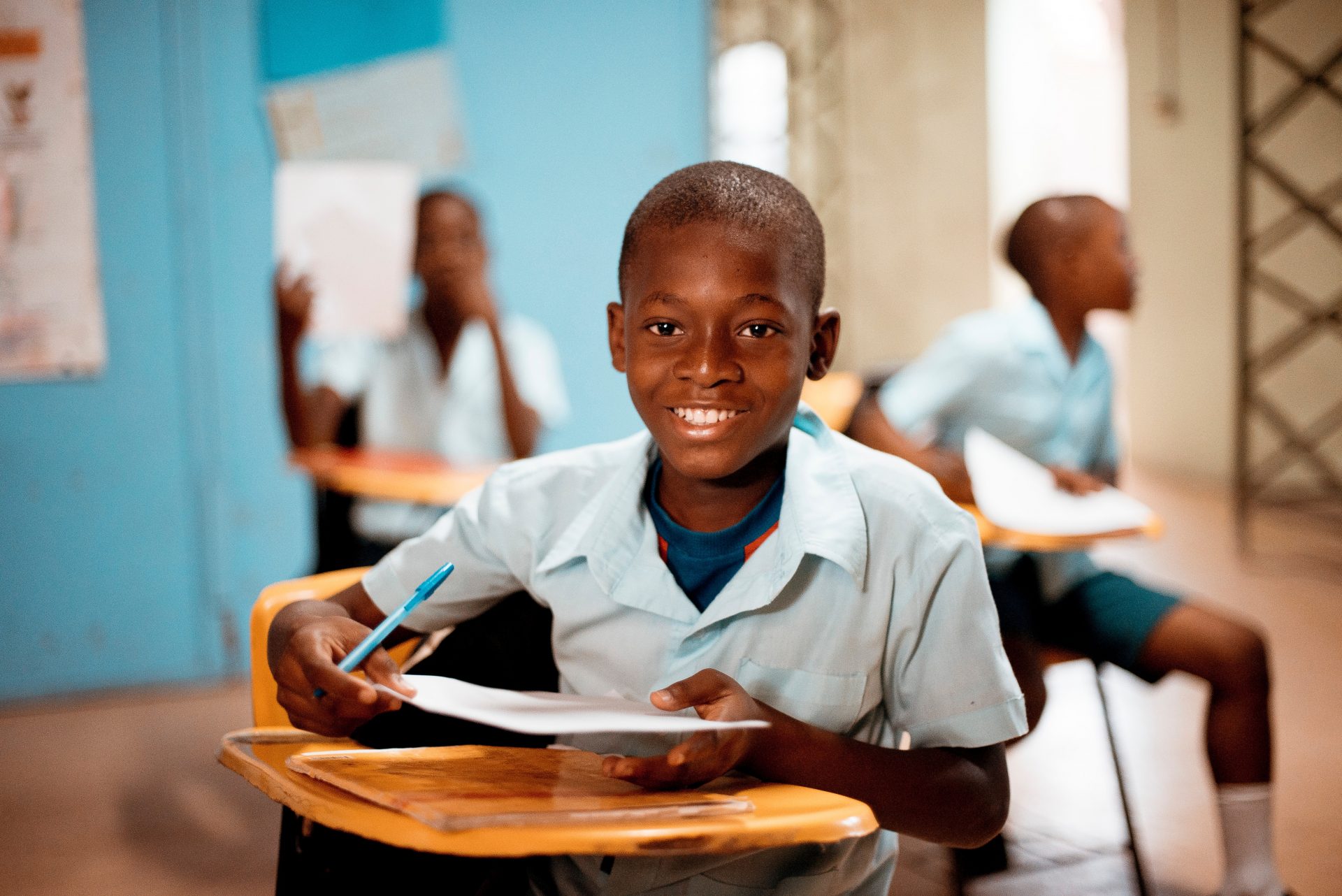- Policymakers, program managers and professionals from the health sector that influence health service-delivery and SRMNCAH outcomes;
- Policymakers, program managers and professionals from other sectors, such as gender, planning and education, whose activities contribute to the achievement of SRMNCAH outcomes;
- National and international non-governmental organisations and community-based organisations;
- Women’s networks and organisations advocating for gender equality and sexual and reproductive health and rights; and
- United Nations agencies and programs providing support to countries to implement the Global Strategy for Women’s, Children’s and Adolescents’ Health (2016-2030).
The past few decades have seen vast improvements in the health of women, adolescents, and children. However, the gains have been uneven, with variations in health services and outcomes within and across countries. It is critical that policymakers, health professionals and community organisations have practical guidance and tools on how to understand the influence of gender inequality on sexual, reproductive, maternal, newborn, child and adolescent health (SRMNCAH) and how to effectively integrate gender equality into programming.
This programming guide is designed to help users:
– Understand how and why gender inequality is a key determinant of SRMNCAH;
– Learn about types of interventions to address gender inequalities as a root cause of poor SRMNCAH outcomes by providing examples of evidence-based interventions; and
– Identify actions to support human-rights-based and gender-responsive interventions to improve gender equality and SRMNCAH outcomes for women, children and adolescents.

Gender analysis will identify underlying factors and how they influence health behaviour, services and outcomes. These underlying causes include discriminatory attitudes, social norms and unequal power relations between men and women. However, gender not only influences individual behaviour and interpersonal relationships but also has an impact at the organisational, community and policy levels.
In the context of SRMNCAH, sex-based biological factors interact with inequalities based on, for example, gender, age, income, race, disability, ethnicity, class and environmental factors to shape access to health services and health outcomes.
As a power relation, gender influences vulnerability to ill health, household decision-making and health-seeking behaviour, access to and utilisation of health services, the design and use of health products and technology, the nature of the health workforce, the implications of health financing, what data is collected and how it is managed, and how health policies and programs are developed and implemented.
Gender inequality influences both the supply of and the demand for, SRMNCAH information and services. However, SRMNCAH policies and programs often fail to address gender power relations and may even exacerbate gender inequalities.
This includes: Elimination of all forms of discrimination in service delivery – including discrimination based on sex, gender identity, gender expression and sexual orientation; recognising the underlying causes of human rights violations, challenging structural constraints to the equal rights and choices of women and girls, and implementing appropriate policy and programmatic responses; participation of marginalised, disempowered, and discriminated-against groups in decision-making; laws and policies that support availability, accessibility, acceptability and quality of sexual and reproductive health (SRH) services; and, engaging women as agents of change and increasing their awareness and knowledge of their SRMNCAH rights.
Overall, programmes that improve both gender equality and SRMNCAH outcomes integrate gender across the programming lifecycle; strengthen gender equality through both supply- and demand-side SRMNCAH health interventions; use multi-sector action for increased impact; and support women and girls to realise their right to health.
Policies and interventions outside the health sector also have the ability to challenge or reinforce gender inequalities that hinder access to and uptake of SRMNCAH services. For women and girls, the policy decisions made and programmes implemented in a range of sectors and settings can empower or constrain their access to SRMNCAH information, services and commodities, with a corresponding impact on SRMNCAH and gender equality outcomes.
Use the Social Ecological Model to understand the multiple levels of a social system (individual, interpersonal, community, organisational, and policy/enabling environment) and the interactions between individuals and their environment within this system.
Apply a ‘gender lens’ to the Social-Ecological Model to firstly, understand how gender and gender inequality plays a role in SRMNCAH at different levels. And secondly, identify barriers that prevent women and adolescent girls from demanding and realizing their rights to SRMNCAH information and services.
Fully integrate gender analysis and gender equality considerations into every stage of the programming cycle to reduce barriers and improve access to and use of SRMNCAH information and services.
Promote action on empowering women and girls to demand and realise their rights to services to improve their health and well-being. This step calls for: a) engaging women in decision-making; b) ensuring women have information about and the right to demand services; c) improving gender equality in the health workforce through gender-responsive policies, recognising women’s unpaid care work, and eliminating the gender pay gap; and d) engaging men and boys to shift gender norms.





